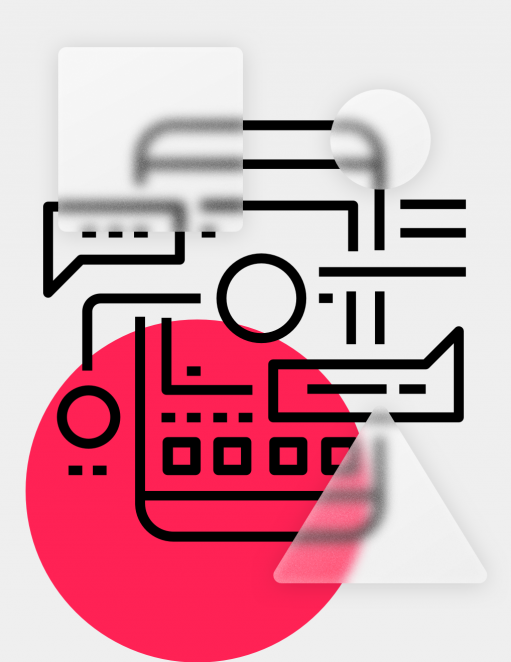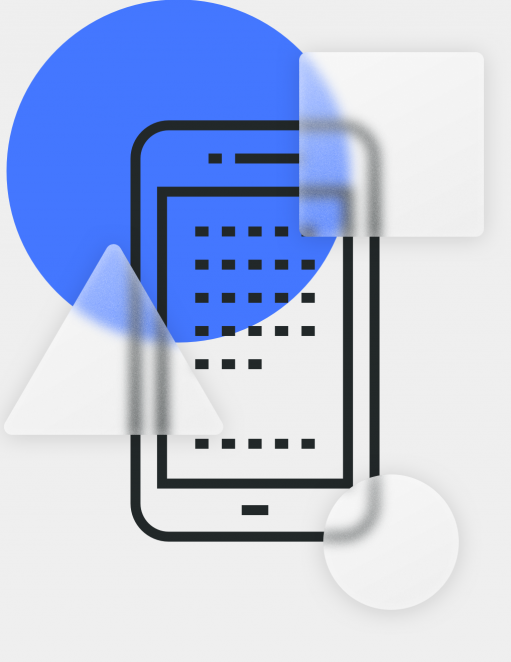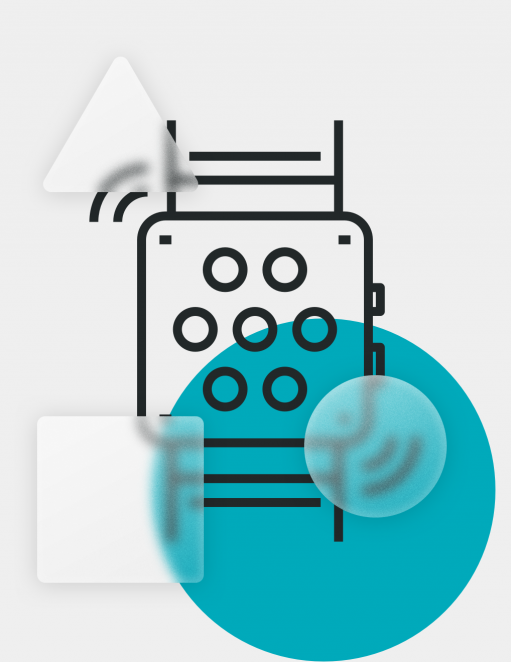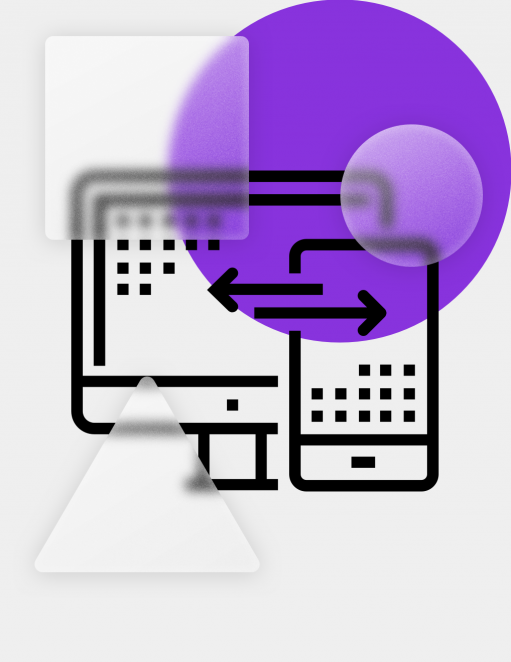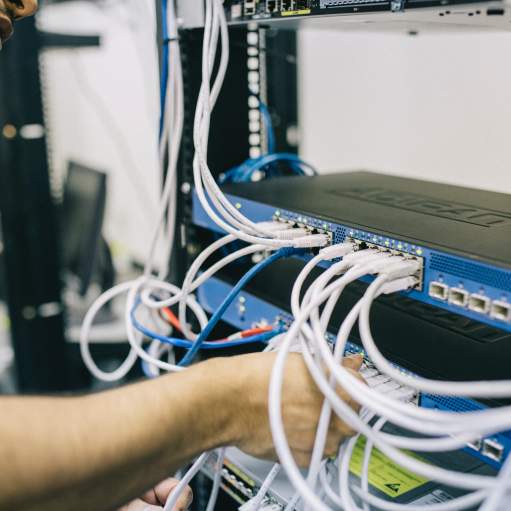At the highest level, TXI’s job is to manifest brand-new digital products in the world. We are creators, tinkerers, and architects, in the most literal sense. The engineering team embraces this identity wholeheartedly.
While the work of writing code is often considered rational, logical, left-brain stuff, we see it differently. Because our engineers have direct contact with clients from the earliest stages of projects, our role is a bit like that of an artist given a commission: we take fuzzy human expressions of need and turn them into tangible products. We deploy our coding skills to an immensely creative end.
We also see the work of coding as more than simply choosing the “right” option. There often is no “right” or “wrong”; there are too many forces to balance for clear-cut answers, and so we must bring creativity to our work to achieve our clients’ desired outcomes.
What's more, the engineering team’s job goes beyond writing code. We influence and help shape products from the earliest client conversations. Regardless of whether we are coding or not, our primary objective is to artfully solve problems that generate delight for all of our users.



